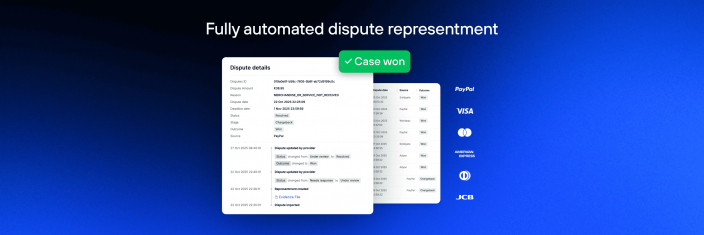Real-Time Payment
Real-time payments involve swift transfers of funds from one account to another, with initiation, clearance, and settlement occurring almost instantly. This means that the recipient gains rapid access to the transferred funds, and once authorized, these transactions cannot be reversed.
Real-time payment systems exclusively support “push” transactions, allowing one account to send money to another but not to request or “pull” funds from another account.
In terms of how real-time payments function, the process is relatively straightforward:
- The cardholder initiates a fund transfer from their own bank account to the recipient’s account, possibly including additional transaction-related details, such as booking information for a property rental.
- The issuing bank verifies the transaction’s legitimacy and authorizes it if deemed valid.
- The transaction and any accompanying message are transmitted to a real-time payments platform, where another layer of scrutiny assesses its legitimacy before either approving or rejecting it.
- The transaction is immediately settled if approved, and the funds are deposited into the recipient’s bank account.
- The payer receives a notification confirming the completion of the transaction.
The instantaneous settlement and irrevocable nature of real-time payments offer certain advantages in various scenarios. However, these attributes also make real-time payment (RTP) systems attractive targets for fraudsters seeking to exploit the growing adoption of RTP.
One example is authorized push payment fraud, in which criminals employ social engineering tactics (such as impersonation) or hacking methods (such as account takeovers) to pose as legitimate payees in real-time payment transactions. Given the inability to reverse these payments, victims often struggle to recover their funds. Moreover, fraudsters exploit the immediate settlement feature of real-time payments to launder stolen money through multiple channels swiftly.
 PayPal
PayPal Blog
Blog

